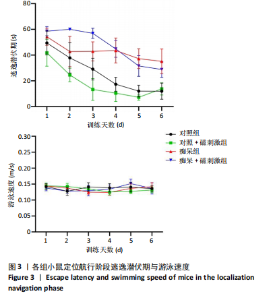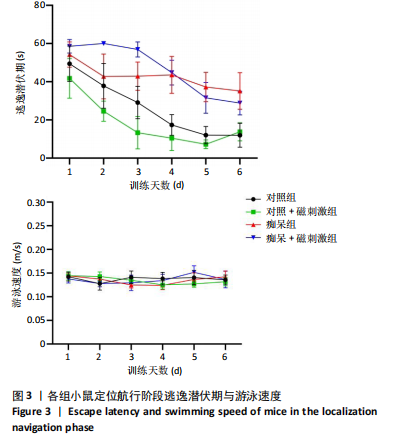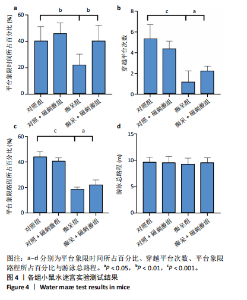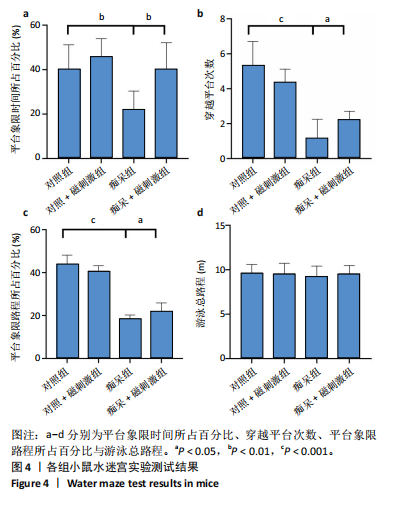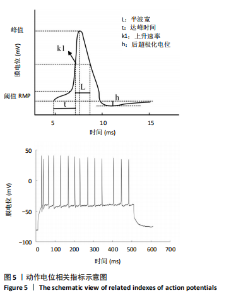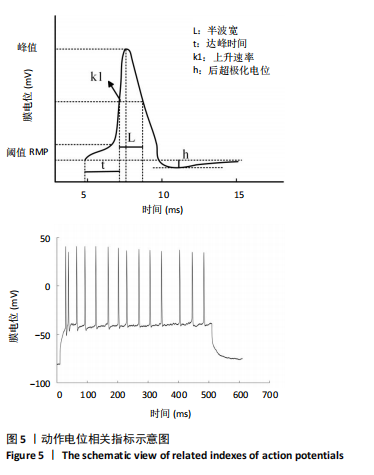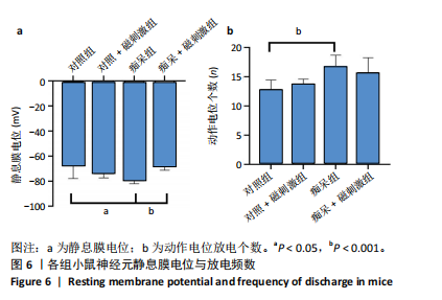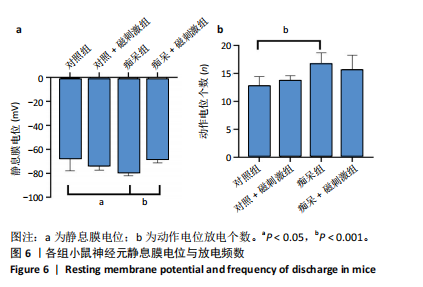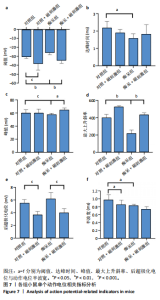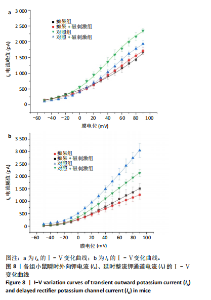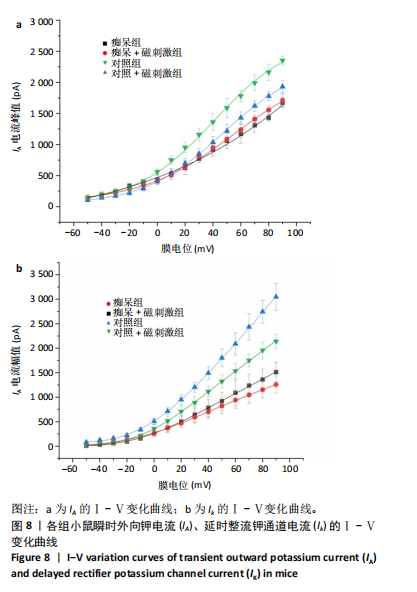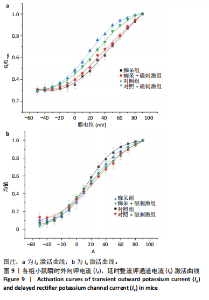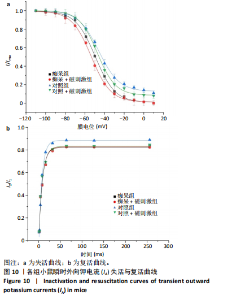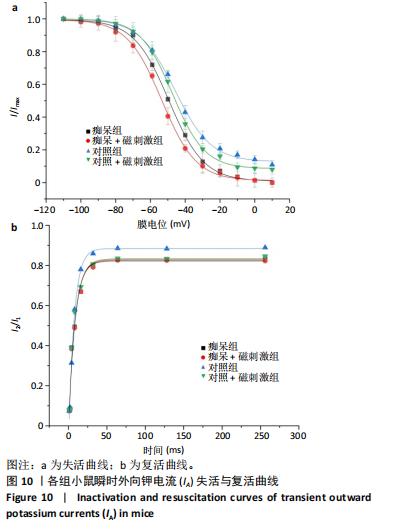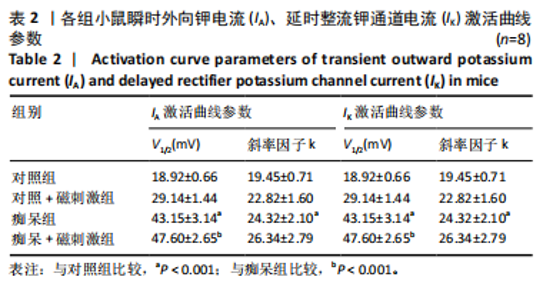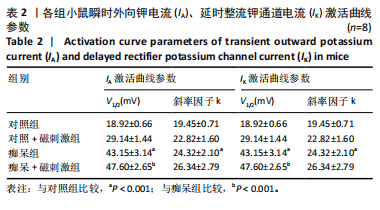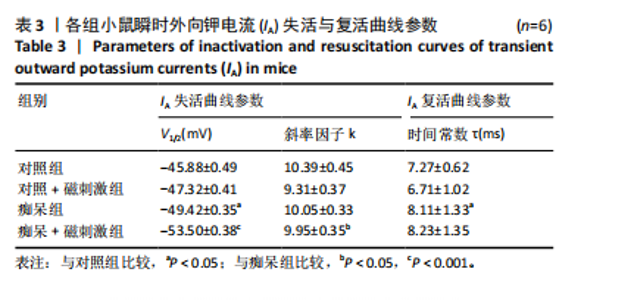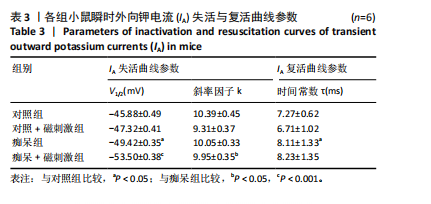[1] ALCALA-LOZANOl R, MORELOS-SANTANA E, CORTES-SOTRES JF, et al. Similar clinical improvement and maintenance after rTMS at 5 Hz using a simple vs. complex protocol in Alzheimer’s disease. Brain Stimul. 2018;11(3):625-627.
[2] ELAHI A, FRECHETTE T. Repetitive transcranial magnetic stimulation for early-onset Alzheimer’s disease - A case report. Clin Neurophysiol Pract. 2023;8:161-163.
[3] ANTAL A, LUBER B, BREM AK, et al. Non-invasive brain stimulation and neuroenhancement. Clin Neurophysiol Pract. 2022;7:146-165.
[4] CHOUNG JS, KIM JM, KO MH, et al. Therapeutic efficacy of repetitive transcranial magnetic stimulation in an animal model of Alzheimer’s disease. Sci Rep. 2021;11(1):437.
[5] MANO T. Application of Repetitive Transcranial Magnetic Stimulation over the Dorsolateral Prefrontal Cortex in Alzheimer’s Disease: A Pilot Study. J Clin Med. 2022;11(3):798.
[6] MILLET B, MOUCHABAC S, ROBERT G, et al. Transcranial Magnetic Stimulation (rTMS) on the Precuneus in Alzheimer’s Disease: A Literature Review. Brain Sci. 2023;13(9):1332.
[7] CHOU YH, TON THAT V, SUNDMAN M. A systematic review and meta-analysis of rTMS effects on cognitive enhancement in mild cognitive impairment and Alzheimer’s disease. Neurobiol Aging. 2020;86:1-10.
[8] MOHAMAD SAFIAI NI, MOHAMAD NA, BASRI H, et al. High-frequency repetitive transcranial magnetic stimulation at dorsolateral prefrontal cortex for migraine prevention: A systematic review and meta-analysis. Cephalalgia. 2022;42(10):1071-1085.
[9] 王锦涛,黄蕾,魏丽丽,等. 重复经颅磁刺激治疗阿尔茨海默病患者的疗效影响因素[J].浙江大学学报(医学版),2021,50(3):383-389.
[10] DE RISIO L, BORGI M, PETTORRUSO M, et al. Recovering from depression with repetitive transcranial magnetic stimulation (rTMS): a systematic review and meta-analysis of preclinical studies. Transl Psychiatry. 2020;10(1):393.
[11] LIAO LY, ZHANG YQ, LAU BW, et al. A Pilot Study on the Repetitive Transcranial Magnetic Stimulation of Aβ and Tau Levels in Rhesus Monkey Cerebrospinal Fluid. J Vis Exp. 2021;(175):e63005.
[12] LEAO MT, MACHETANZ K, SANDRITTER J, et al. Repetitive Transcranial Magnetic Stimulation for Tinnitus Treatment in Vestibular Schwannoma: A Pilot Study. Front Neurol. 2021;12:646014.
[13] XAVIER GF, COSTA VC. Dentate gyrus and spatial behaviour. Prog Neuropsychopharmacol Biol Psychiatry. 2009;33(5):762-773.
[14] ROLLS ET. The hippocampus, ventromedial prefrontal cortex, and episodic and semantic memory. Prog Neurobiol. 2022;217:102334.
[15] LEE JW, JUNG MW. Separation or binding? Role of the dentate gyrus in hippocampal mnemonic processing. Neurosci Biobehav Rev. 2017; 75:183-194.
[16] SASAKI T, PIATTI VC, HWAUN E, et al. Dentate network activity is necessary for spatial working memory by supporting CA3 sharp-wave ripple generation and prospective firing of CA3 neurons. Nat Neurosci. 2018;21(2):258-269.
[17] KHEIRBEK MA, DREW LJ, BURGHARDT NS, et al. Differential control of learning and anxiety along the dorsoventral axis of the dentate gyrus. Neuron. 2013;77(5):955-968.
[18] WOODS NI, STEFANINI F, APODACA-MONTANO DL, et al. The Dentate Gyrus Classifies Cortical Representations of Learned Stimuli. Neuron. 2020;107(1):173-184.
[19] OHNISHI T, HAYASHI T, OKABE S, et al. Endogenous dopamine release induced by repetitive transcranial magnetic stimulation over the primary motor cortex: an [11C]raclopride positron emission tomography study in anesthetized macaque monkeys. Biol Psychiatry. 2004;55(5):484-489.
[20] CAO H, ZUO C, GU Z, et al. High frequency repetitive transcranial magnetic stimulation alleviates cognitive deficits in 3xTg-AD mice by modulating the PI3K/Akt/GLT-1 axis. Redox Biol. 2022;54:102354.
[21] ZUO C, CAO H, FENG F, et al. Repetitive transcranial magnetic stimulation exerts anti-inflammatory effects via modulating glial activation in mice with chronic unpredictable mild stress-induced depression. Int Immunopharmacol. 2022;109:108788.
[22] 侯文涛,付蕊,朱明强,等.重复经颅磁刺激对后肢去负荷小鼠神经元兴奋性及离子通道影响的研究[J].生物医学工程学杂志,2023, 40(1):8-19.
[23] WEBSTER SJ, BACHSTETTER AD, NELSON PT, et al. Using mice to model Alzheimer’s dementia: an overview of the clinical disease and the preclinical behavioral changes in 10 mouse models. Front Genet. 2014;5:88.
[24] VORHEES CV, WILLIAMS MT. Assessing spatial learning and memory in rodents. ILAR J. 2014;55(2):310-332.
[25] GUNAYDIN LA, GROSENICK L, FINKELSTEIN JC, et al. Natural neural projection dynamics underlying social behavior. Cell. 2014;157(7): 1535-1551.
[26] 朱海军,丁冲,李洋,等.重复经颅磁刺激显著改善小鼠老化过程中认知损伤及提高神经元兴奋性[J]. 生物医学工程学杂志,2020, 37(3):380-388.
[27] ESTRADA C, FERNANDEZ-GOMANDEZ FJ, LOPEZ D, et al. Transcranial magnetic stimulation and aging: Effects on spatial learning and memory after sleep deprivation in Octodon degus. Neurobiol Learn Mem. 2015; 125:274-281.
[28] ZHANG Z, DING C, FU R, et al. Low-frequency rTMS modulated the excitability and high-frequency firing in hippocampal neurons of the Alzheimer’s disease mouse model. Brain Res. 2024;1831:148822.
[29] BAO Z, BAO L, HAN N, et al. rTMS alleviates AD-induced cognitive impairment by inhibitng apoptosis in SAMP8 mouse. Aging (Albany NY). 2021;13(24):26034-26045.
[30] CHEN X, CHEN S, LIANG W, et al. Administration of Repetitive Transcranial Magnetic Stimulation Attenuates Aβ1-42-Induced Alzheimer’s Disease in Mice by Activating β-Catenin Signaling. Biomed Res Int. 2019;2019:1431760.
[31] ZHU H, XU G, FU L, et al. The effects of repetitive transcranial magnetic stimulation on the cognition and neuronal excitability of mice. Electromagn Biol Med. 2020;39(1):9-19.
[32] BROWN JT, CHIN J, LEISER SC, et al. Altered intrinsic neuronal excitability and reduced Na+ currents in a mouse model of Alzheimer’s disease. Neurobiol Aging. 2011;32(11):2109.
[33] BAI R, GUO J, Ye XY, et al. Oxidative stress: The core pathogenesis and mechanism of Alzheimer’s disease. Ageing Res Rev.2022;77:101619.
[34] HARDY J, ALLSOP D. Amyloid deposition as the central event in the aetiology of Alzheimer’s disease. Trends Pharmacol Sci. 1991;12(10): 383-388.
[35] HARDY J, SELKOE DJ. The amyloid hypothesis of Alzheimer’s disease: progress and problems on the road to therapeutics. Science. 2002; 297(5580):353-356.
[36] SHANG Y, WANG X, SHANG X, et al. Repetitive transcranial magnetic stimulation effectively facilitates spatial cognition and synaptic plasticity associated with increasing the levels of BDNF and synaptic proteins in Wistar rats. Neurobiol Learn Mem. 2016;134 Pt B:369-378.
[37] WANG H, GENG Y, HAN B, et al. Repetitive transcranial magnetic stimulation applications normalized prefrontal dysfunctions and cognitive-related metabolic profiling in aged mice. PLoS One. 2013; 8(11):e81482.
[38] CHEN X, DONG GY, WANG LX. High-frequency transcranial magnetic stimulation protects APP/PS1 mice against Alzheimer’s disease progress by reducing APOE and enhancing autophagy. Brain Behav. 2020;10(8): e01740. |
